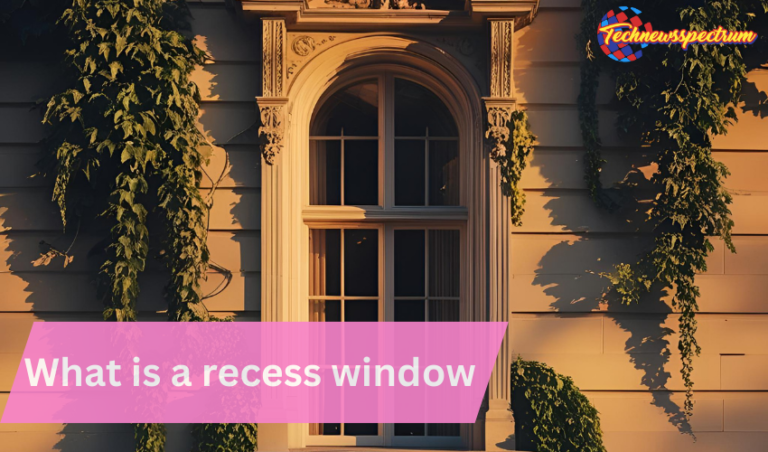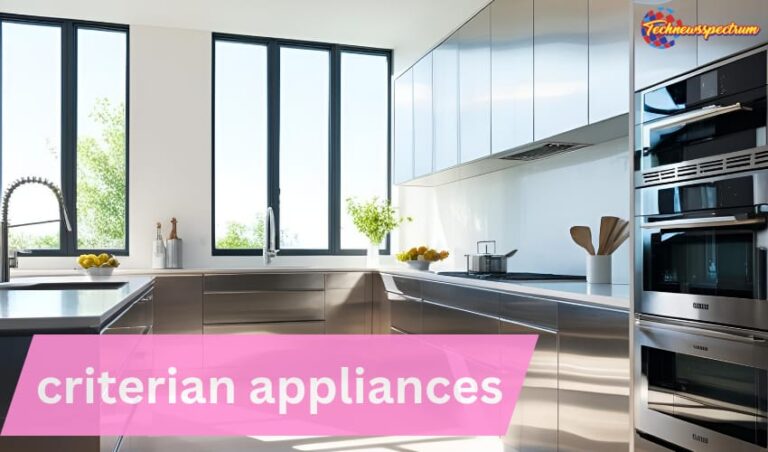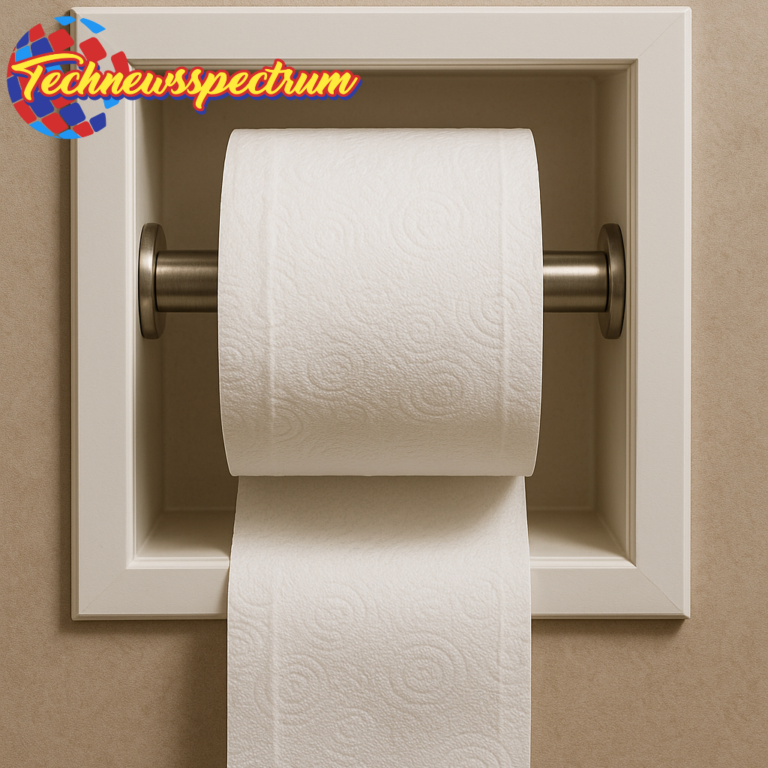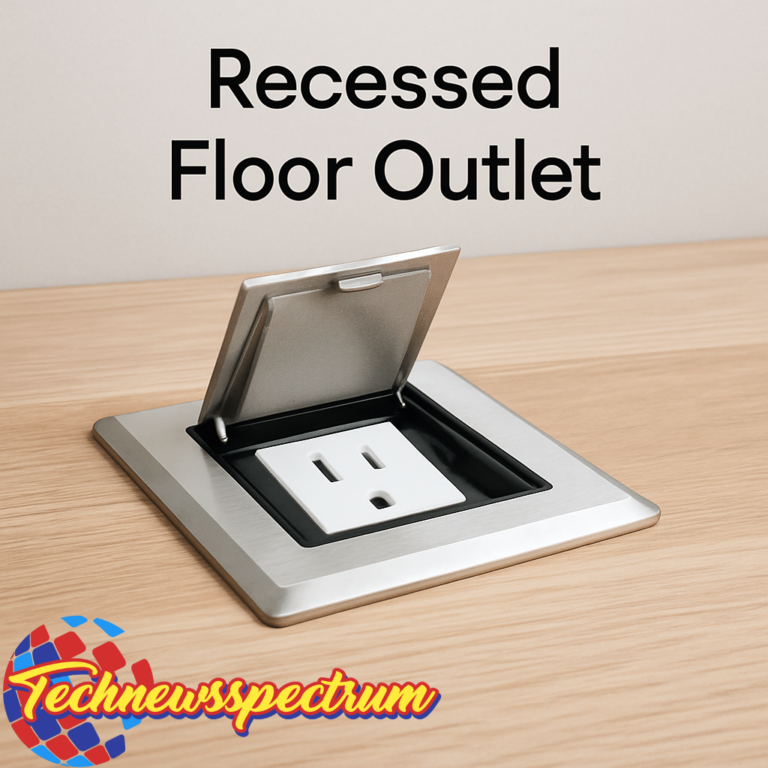Recess Window Everything You Need to Know
Meta Description Recess window installation types pros and cons comparisons design ideas and maintenance tips explained in detail.
Content Table
- Introduction
- What Is a Recess Window?
- Different Types of Recess Windows
- Material Options for Recess Windows
- Design and Style Considerations
- Impact on Interior Design
- Installation Process Explained
- Cost Breakdown and Budgeting Tips
- Comparison Table Recess vs Flush Windows
- Energy Efficiency and Insulation Benefits
- Common Issues and Solutions
- Cleaning and Maintenance Tips
- Advantages of Choosing a Recess Window
- Security Features and Options
- Customization and Smart Integration
- Building Regulations and Compliance
- Sustainability and Eco Friendliness
- Best Rooms for Recess Windows
- Frequently Asked Questions
- Final Thoughts
Introduction
A recess window is a practical yet stylish architectural feature that fits into wall cavity allowing window to sit deeper than surface. This design provides several benefits including increased window sill space better sound insulation and a more dramatic visual impact.
These windows are popular in both residential and commercial buildings and come in a variety of styles and materials. With modern building standards and homeowner preferences shifting toward sleek space efficient interiors recess window has become a standout choice.
Let’s break it down by style function installation and everything else you need to make right decision.

What Is a Recess Window?
A recess window is set back into wall rather than sitting flush with wall’s surface. Depth of recess can vary based on thickness of wall and intended design. These windows are frequently seen in older buildings but are gaining popularity in new constructions for their aesthetic and practical benefits.
Common Features
- Creates a ledge or nook around frame.
- Allows for decorative elements like curtains plants or storage.
- Enhances thermal insulation due to depth.
Architecturally these windows offer a feeling of space and comfort while from outside they add depth and character to facade.
Different Types of Recess Windows
When it comes to selecting a type you’ve got options. Each style offers a unique function and suits different room types and design goals.
Popular Types
- Casement Recess Window Hinged at side; opens outward.
- Sliding Recess Window Moves horizontally within a track.
- Fixed Recess Window Doesn’t open mainly for views and light.
- Bay and Bow Windows Extend outward from building structure.
- Awning Windows Hinged at top opens outward good for rainy weather.
- Tilt and Turn Opens two ways for ventilation and cleaning.
These styles can also be customized further with stained glass frosted finishes and grille designs.
Material Options for Recess Windows
Each material impacts durability maintenance insulation and cost.
| Material | Pros | Cons |
| Timber | Natural aesthetic good insulator | Needs regular maintenance |
| uPVC | Affordable low maintenance | Can discolor over time |
| Aluminum | Sleek durable modern | Less insulating unless thermal break is added |
| Composite | Combines best features of other materials | More expensive |
Choose a material based on your climate style preference and long term maintenance plan.
Design and Style Considerations
Your recess window can set tone for entire room. Here’s how
Popular Styles
- Modern Clean lines aluminum frame neutral colors
- Traditional Wooden frame panel dividers earthy tones
- Industrial Black steel frames large panes raw finishes
- Rustic Exposed brick recess wooden casing vintage charm
Colors textures and window treatment choices can dramatically alter effect.
Impact on Interior Design
Aside from letting in natural light recess windows help shape how you use a space.
- Increased Natural Light Brightens room reduces need for artificial light.
- Visual Depth Makes smaller rooms feel larger.
- Decor Space Use sill for plants books or seating.
- Energy Flow Connects indoor space with outdoor views.
Whether you’re redesigning a kitchen or planning a new build these windows can offer design flexibility.
Installation Process Explained
Installing a recess window isn’t just about popping it into a hole in wall.
Basic Steps
- Measurement Exact wall depth and width are noted.
- Wall Preparation Opening is cut or cleaned up.
- Framing Window frame is fitted and aligned.
- Sealing Insulation foam and flashing are added.
- Finishing Interior and exterior trims installed.
Pro Tip Hire a qualified installer especially for load bearing walls or heritage properties.
Cost Breakdown and Budgeting Tips
Recess windows can range in price based on size material and complexity.
Typical Cost Range
- uPVC casement (standard size) $250 $450
- Timber bay window $1000 $2500
- Aluminum modern style $500 $1200
Additional Costs
- Installation labor
- Finishing materials
- Disposal of old windows (if applicable)
To save money consider double glazed uPVC options or go for factory painted finishes to reduce painting costs later.
Comparison Table Recess vs Flush Windows
| Feature | Recess Window | Flush Window |
| Installation Depth | Set into wall | Level with exterior |
| Aesthetic | Adds depth and shadow | Clean minimal |
| Energy Efficiency | Better due to air buffer | Good with insulation |
| Maintenance | Easier from inside | May need external access |
| Cost | Slightly higher | Lower for standard models |
Energy Efficiency and Insulation Benefits
Because of their design recess windows often outperform flush windows in thermal regulation.
- Decreased Heat Loss Extra wall depth buffers outdoor temperature.
- Low E Glass Boosts performance.
- Frame Material Matters Timber and uPVC excel here.
Consider double or triple glazing for colder climates.
Common Issues and Solutions
Even well installed windows face issues over time.
Problems and Fixes
- Condensation Improve ventilation install a dehumidifier.
- Seal Failure Replace sealant or glazing unit.
- Drafts Use weatherstripping or check alignment.
Routine inspections twice a year can catch issues early.
Cleaning and Maintenance Tips
Keep your recess windows in good shape with these steps
Weekly
- Wipe down glass with a microfiber cloth.
- Dust sill and recess area.
Monthly
- Clean tracks (for sliding types).
- Check for mold or dampness.
Seasonally
- Inspect seals.
- Repaint or stain wooden frames if needed.
Advantages of Choosing a Recess Window
- Better Sound Insulation Deeper placement muffles outdoor noise.
- Visual Impact Adds architectural character inside and out.
- More Light Helps brighten corners and darker rooms.
- Increased Home Value Seen as a luxury upgrade by buyers.
Security Features and Options
Safety can be stylish.
- Multi Point Locking Systems
- Tempered or Laminated Glass
- Window Sensors for Smart Alarms
- Integrated Shutters or Grilles
Consider these features if window faces a street or alley.
Customization and Smart Integration
Today’s recess windows aren’t just static elements.
- Smart Blinds Operated via apps or voice control.
- Sensors Notify when open or closed.
- UV Glass Coatings Protect furniture and flooring.
- Auto Tint Glass Adjusts transparency based on sunlight.
Building Regulations and Compliance
Always check local building codes.
- Minimum Sizes for Emergency Egress
- Fire Escape Windows in upper floors
- Insulation Standards depending on your region
Planning Portal UK is a helpful source for UK based rules.
Sustainability and Eco Friendliness
Eco minded homeowners can make smart choices.
- Recycled Aluminum or Timber
- Double Glazing for Thermal Retention
- Low VOC Paints and Finishes
- Solar Tinted Glass
Not only do they help environment but they also cut energy costs.
Best Rooms for Recess Windows
Great Spots
- Kitchen Add shelves or herb gardens.
- Bathroom Frosted glass for privacy.
- Living Room Let in views and light.
- Basement Egress windows bring safety and light.
Think beyond aesthetics functionality matters too.
Frequently Asked Questions
1. Can a recess window be added to any wall?
Yes though load bearing walls may require additional support and permissions.
2. How deep should a recess be?
Typically 4 to 12 inches depending on wall thickness and design intent.
3. Are recess windows energy efficient?
Yes especially with insulated frames and double glazing.
4. What’s best material for low maintenance windows?
uPVC or aluminum both require minimal upkeep.
5. Can I add smart features to existing recess windows?
Definitely many devices are retrofitted without structural changes.
6. Do these windows increase property value?
In most markets yes. They add visual appeal and energy efficiency both of which buyers like.
Final Thoughts
Recess windows bring together design and function. Whether you’re renovating or building new they can enhance space reduce energy bills and boost your home’s appeal. From material selection to style and security each aspect plays a role in creating a practical and beautiful result.





